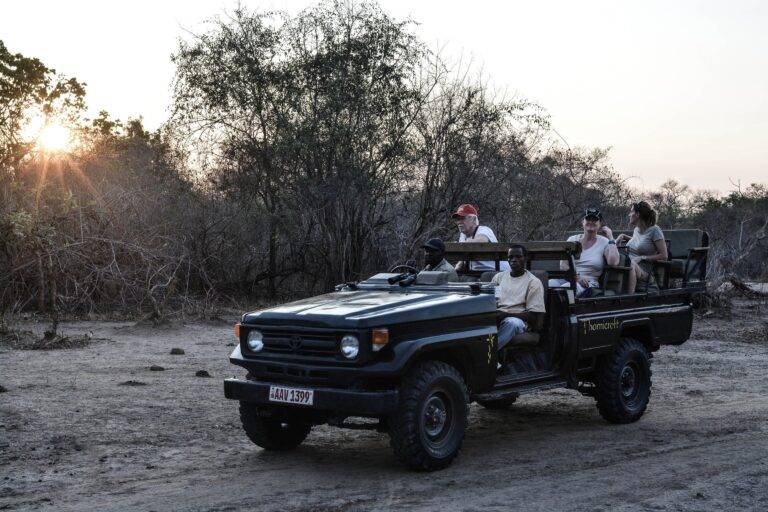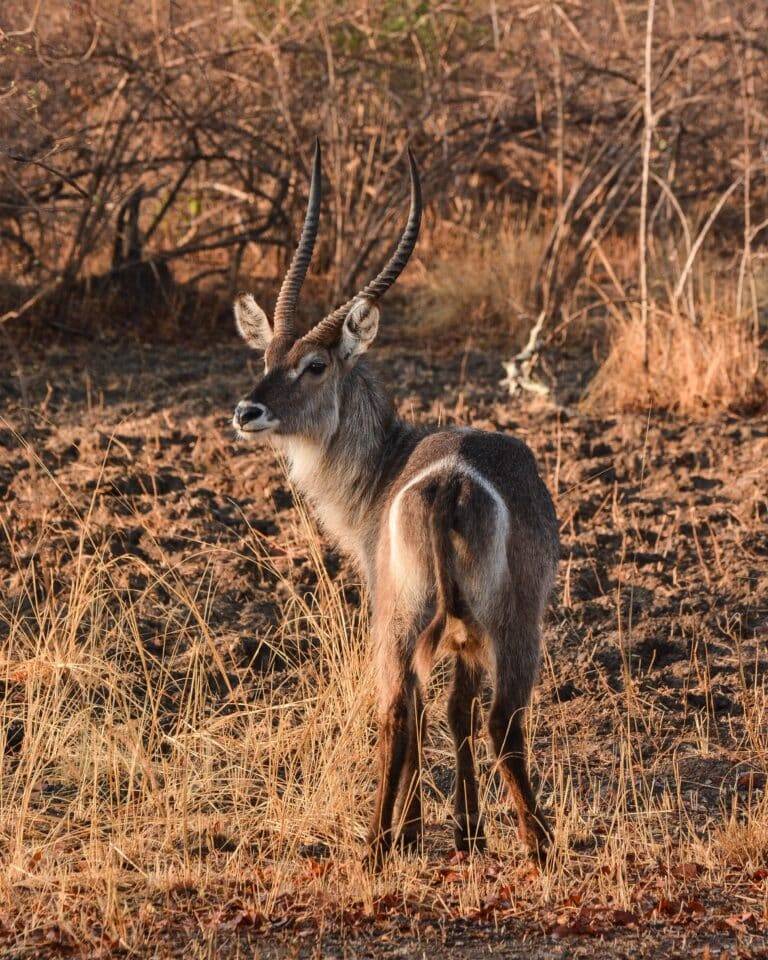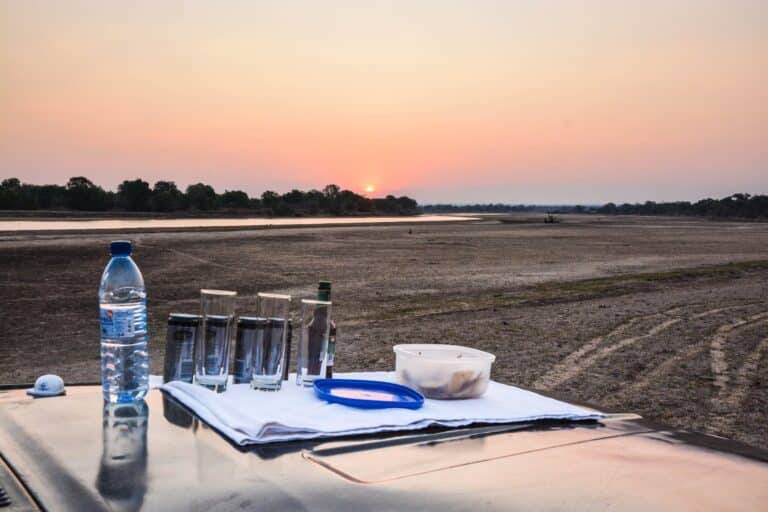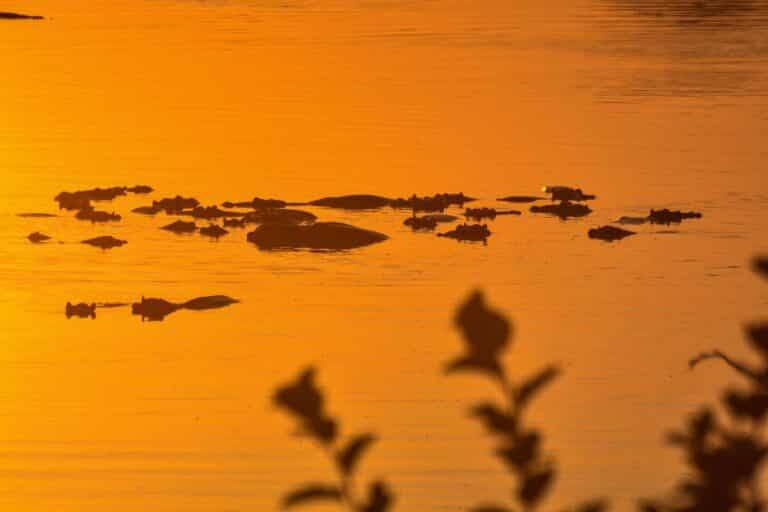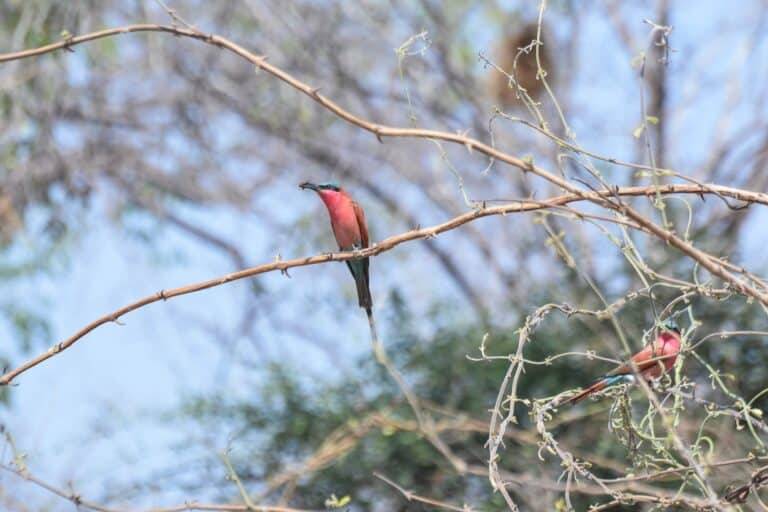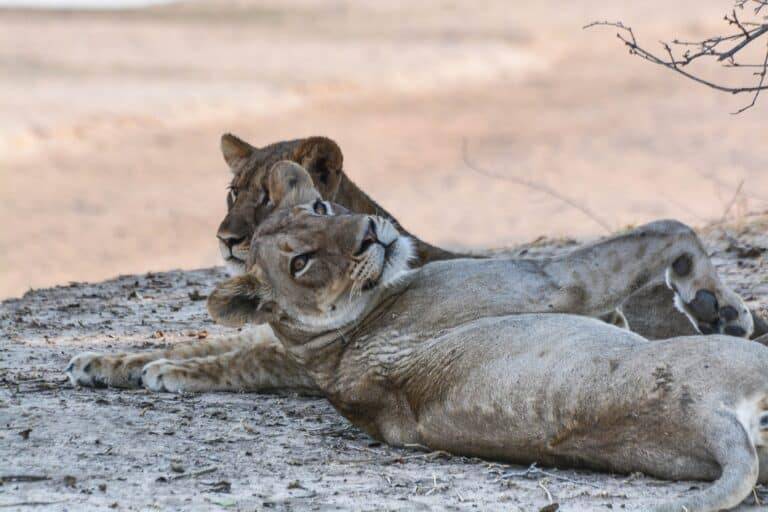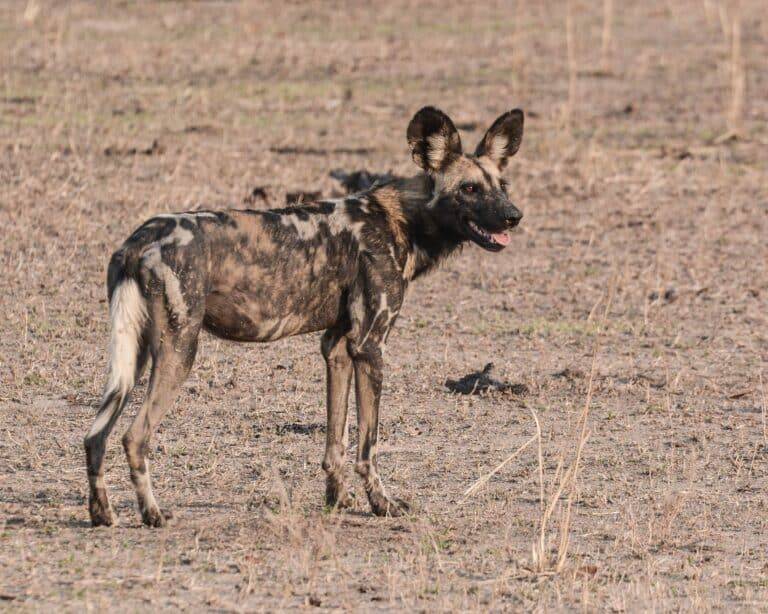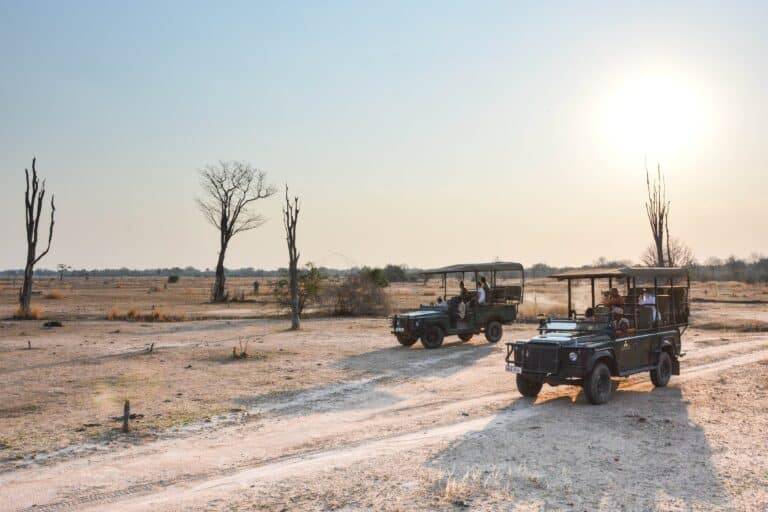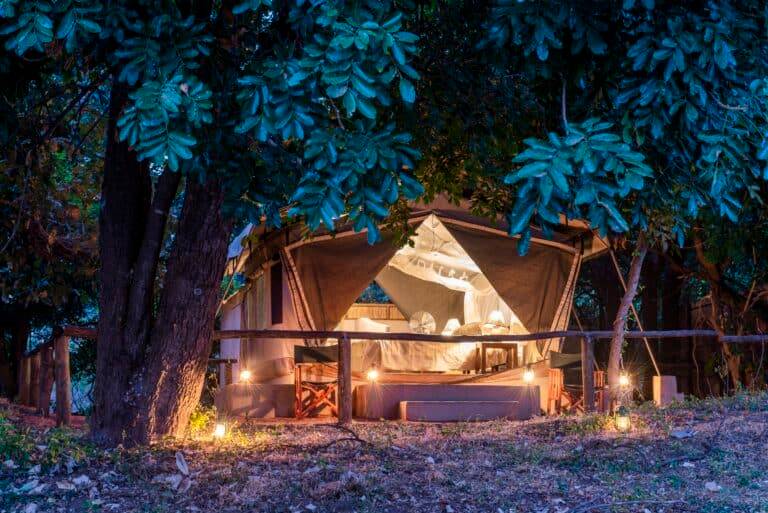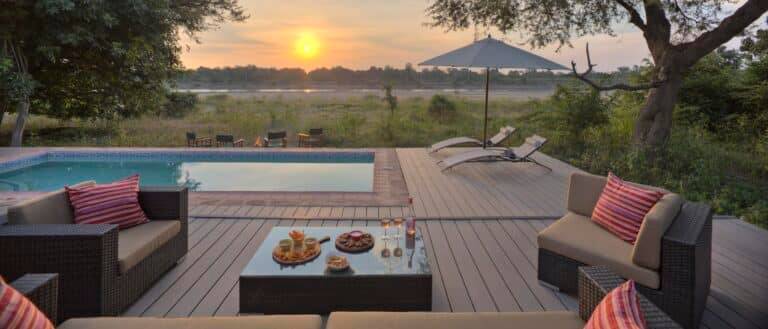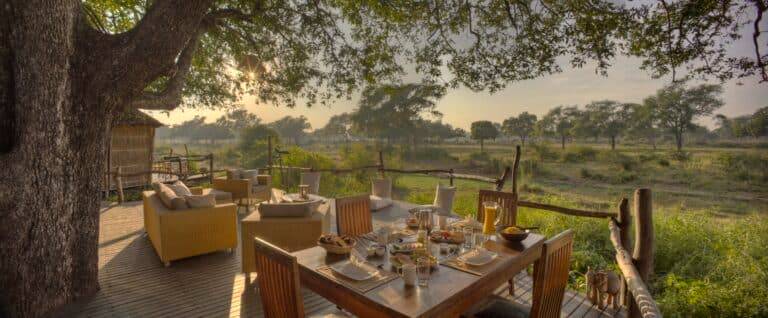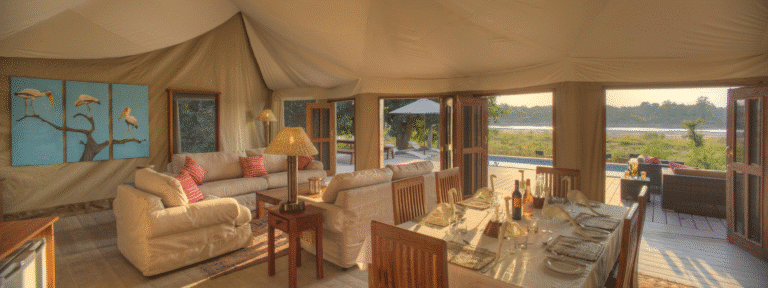South Luangwa National Luxury Safari Tours
Zambia’s Eastern Jewel
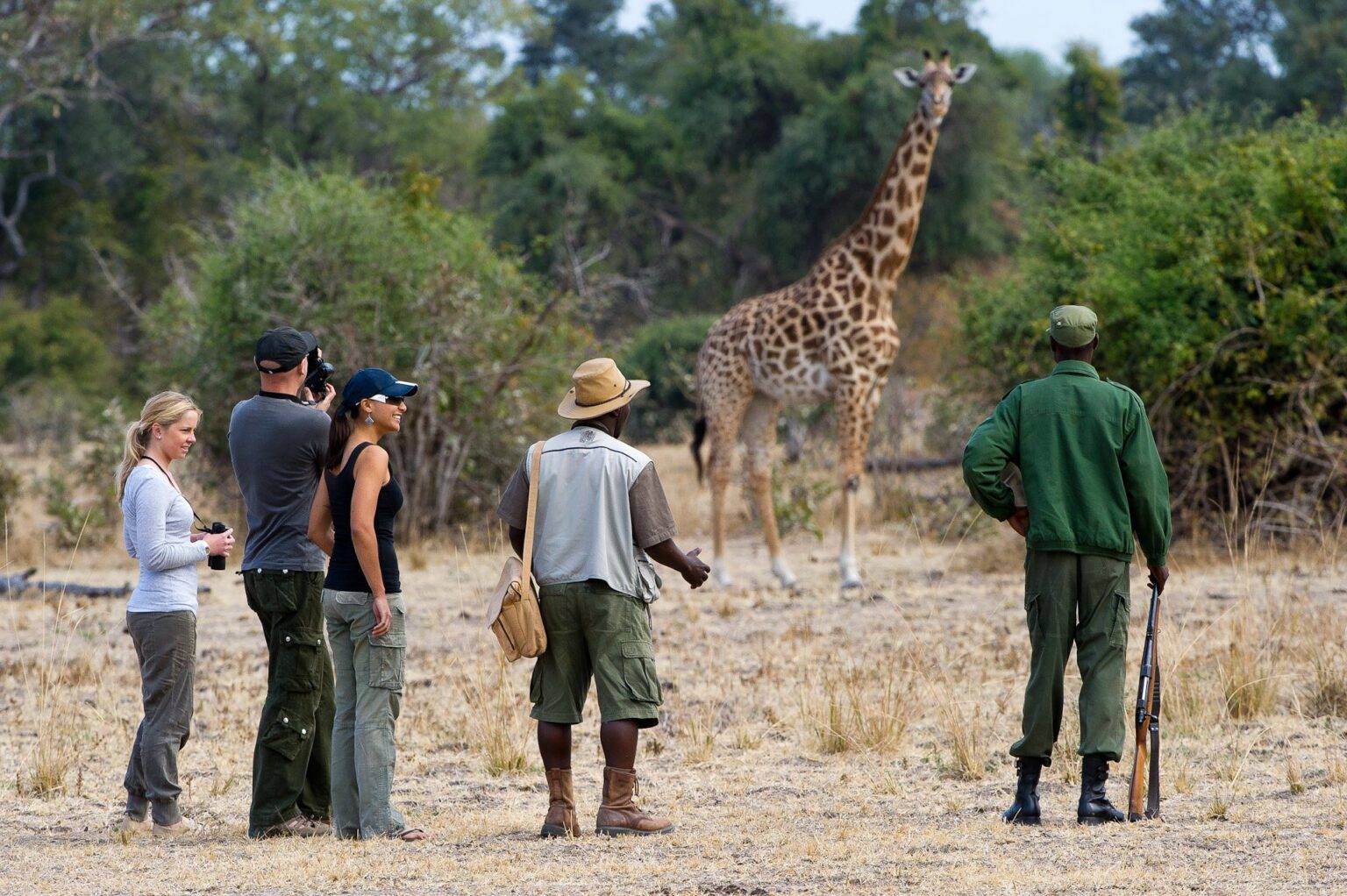
South Luangwa National Park in eastern Zambia, is the southernmost of three national parks in the valley of the Luangwa River and is a world-renowned wildlife haven. South Luangwa National Park is a true wildlife sanctuary and the perfect choice for your Zambia Safari Tour. South Luangwa National Park offers the visitor an inspiring encounter with Southern Africa’s most dense animal population. With its 9.000 plus square kilometres, South Luangwa National Park is located in the low scrubland of eastern Zambia and the borders between the park and the natural ecosystem are blurred. It is a fantastic place to really get into the spirit of Africa.
The Luangwa River, the steep terrain of the escarpment and the wet areas all have ensured that human habitation and use of the land around the park has been very limited. The Luangwa valley and its river have always formed a natural barrier between mankind and this natural game-rich area.
The earth tracks of South Luangwa National park allow you to meander through the African bush in the Lodges’ Landrover, on daily guided game drives. You will pass oxbow lakes, forests, high riverbanks, palm coppices and the savannah plains. With a highly professional safari guide and driver in the open safari vehicles, you will enjoy the sweeping vistas, punctuated by a family of elephants, a herd of buffalo coming to drink, or you can simply stalk an elegant little silverback jackal stealthily trotting home to its’ den after a night of hunting. The diversity of South Luangwa National Park will make your Zambia safari holiday a true African experience.
The Luangwa Valley is also lovingly called the Valley of The Leopard. If you come to South Luangwa National Park for a safari tour you will almost always see leopards. This is due to the highest number of leopards in Southern Africa having their home inside the South Luangwa National Park. The leopards here are in closer proximity to each other than elsewhere, due to the supply of food available for them. You will have a good chance of seeing leopard cubs, their mothers and leopard dens. At night you will even be able to see the leopard hunting. This is due to the fact that South Luangwa National Park permits nighttime safari game drives (something which is not allowed in neighbouring Tanzania). South Luangwa is one of the best value choices for your Southern Africa Safari Holiday.
Where to stay in South Luangwa
The Lodges we work with, take pride in knowing their resident leopard populations and their dens and offer night game drives to find these elusive, efficient predators for you.
Choosing to spend your African safari here in Zambia, will ensure you a stay in one of the best-known national parks in Africa for walking safaris the famous Norman Carr founded the original camps and treks here in this remote corner of Zambia and this tradition is still going strong, a number of travellers here choose to experience this pristine wildlife area on foot.
We use many of the camps in the South Luangwa National Park and just outside. Our favourite is the luxury Flatdogs Camp which offers first-class service.
We tend to concentrate on accommodations located along the Luangwa river’s edge, so you can see hippos, crocodiles, elephants and more without even having to leave the comfort of the veranda. It gives an extra feel to your Zambian safari holiday to fall asleep with the noise of hippos snorting in the river below you.
Often, the park’s elephants, hippos, giraffes, vervet monkeys, baboons and bushbuck are known to wander around within the grounds of the unfenced lodges. This will add to the already unique and truly wild African experience of a Safari journey in Zambia.
Flatdogs Camp, offer several unique accommodation options that blend into the beauty and tranquillity found on the banks of the Luangwa River. Many of the images on this page were taken at Flatdogs Camp. The Camp prides itself on maintaining an accessible luxury Zambian safari destination by offering two swimming pools, WiFi, a reference library as well as wildlife watching directly from the camp 24/7.
We also offer South Luangwa Safari tours based at Chinzombo Camp part of Norman Carr Safaris at Mfuwe Lodge.

Norman Carr and the history of South Luangwa National Park
One of the most enriching ways of enjoying a South Luangwa National Park Safari tour is to see the African bush on foot. Allow us to set up a Luangwa Walking Safari for you.
The South Luangwa Walking Safari Tour is based on being a hunter and roaming the bush in search of prey and shelter. For a long time, the words ‘African safari’ meant a hunting expedition. Large caravans of porters would go out in search of big game, carrying everything from cut glass, hot baths, trackers and tents for weeks – and bringing home their stories and trophies.
Norman Carr was a man far ahead of his time. He broke the mould of the track-and-hunt safari and created conservation-based tourism. He was a British conservationist and influential in setting up the South Luangwa National Park. As early as 1950, he persuaded the Paramount Chief to set aside a portion of tribal land as a Game Reserve and built the first game viewing camp open to the public in Northern Rhodesia (now Zambia).
Guests shot with cameras, not rifles while walking the bush under the protection of guides. They stayed in camps and tents dotted around the bush and daily treks were made into the bush and savannah land. Profits from this remote photographic camp in the bush went back into communities surrounding the land. The visitors loved the feeling of walking in the bush, surrounded by animals, and having the chance to drive and see them interact in their own natural habitat.
A tailor-made African Safari by vehicle or walking is a special trip. We specialise in making it special for you. The South Luangwa Safari Tour is a tailor-made affair as it would need to be carefully tuned to season and location. Contact us and let us know when you would like African and Oriental to organise this for you.
When to visit South Luangwa National Park
The enormous, slow-moving and meandering Luangwa River teems with game. It provides a lifeline for one of the greatest diversities of habitats in Africa. Depending on the season, the colours and animals you will see during your Zambia safari tour will change: ranging from dry, bare bushveld in the winter, to a lush, green wonderland in the summer months.
These seasonal changes are very pronounced in Luangwa National Park. You may see an image of the same spot in different seasons and it would be unrecognisable!
The dry season begins in April and intensifies through October (the hottest month). In October, game concentrations are at their height and often gather near the lakes and last river beds with water.
The wet and green, vibrant season then begins in November as the leaves turn green. The dry, yellow and bleak terrain becomes a lush jungle. Animals will give birth to make the most of this food-rich time of year, and predators fill their needs and feed their own young. Be prepared for action at this time of year!
This rainy season lasts up until the end of March and the migrant birds arrive in droves with April being the shoulder month. Warm sunny days and chilly nights typify the dry winter months of May to August, a perfect time for a safari in comfortable temperatures.
South Luangwa National Park – Price Guide:
- Price on application

